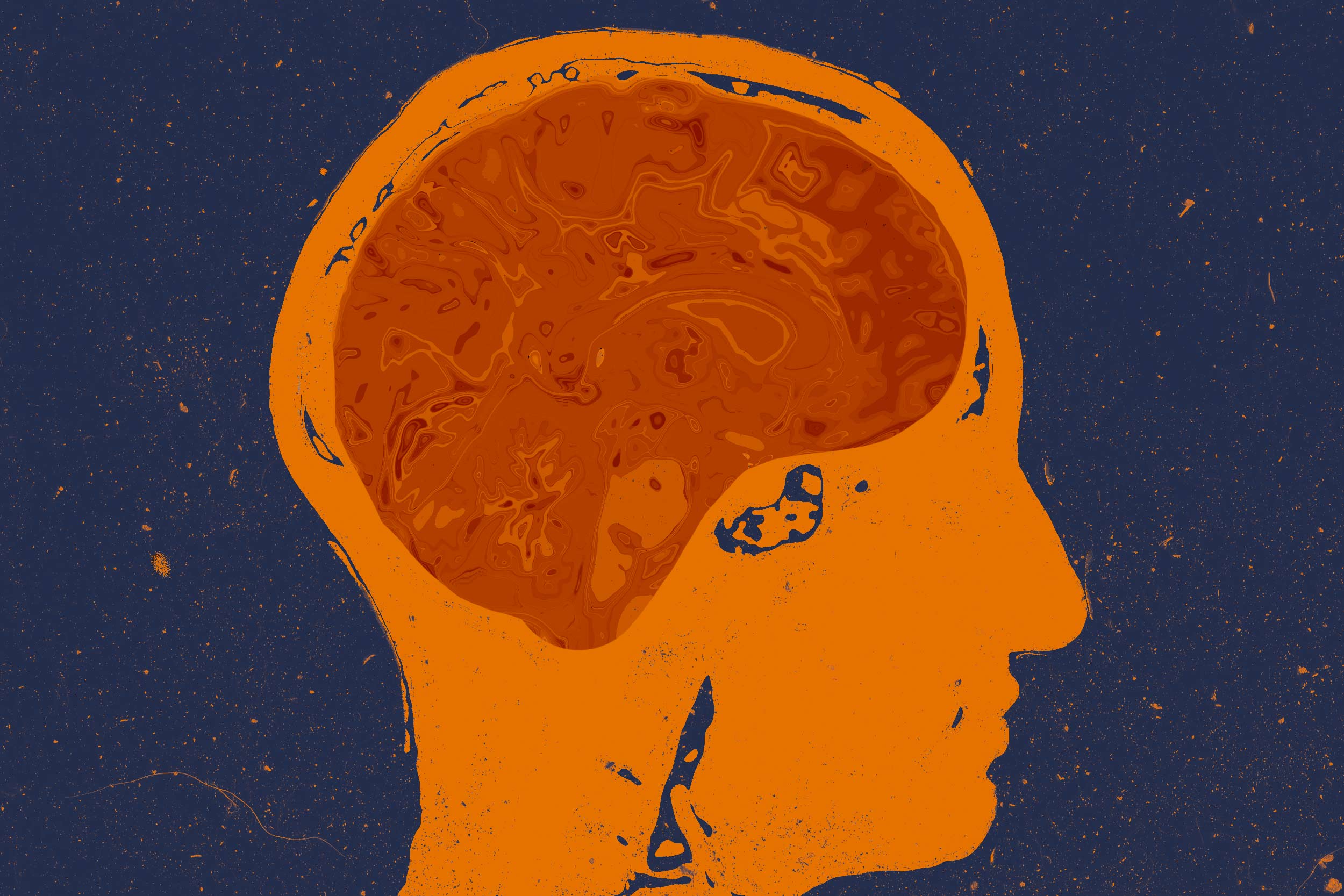Musician Billy Joel recently canceled his concert tour, announcing he will undergo physical therapy for a condition called normal pressure hydrocephalus that is affecting his hearing, vision and balance.
UVA Health’s Neurology Department recently opened a clinic to treat the condition, so UVA Today asked the clinic’s Dr. Michael Catalino about the condition, who is vulnerable and how it is treated.

Dr. Michael Catalino is a neurosurgical oncologist. He specializes in the surgical treatment of brain and spine tumors. (Contributed photo)
Q. Exactly what is the condition?
A. Normal pressure hydrocephalus is a disorder that occurs when the neurons in the brain are stretched by expansion of the ventricles. The ventricles are fluid spaces in the brain that normally circulate fluid and other metabolites throughout the central nervous system. These fluid spaces can enlarge and stretch the major neuronal networks in the brain. The effects on the patient include gait disturbance, cognitive impairment and urinary incontinence.
Q. What causes it?
A. Nobody really knows exactly what causes it. Mostly, what we see with the expansion of the ventricles is probably a secondary issue. Sometimes trauma, infection or subarachnoid hemorrhage can cause it, but the most common situation we encounter is what’s called idiopathic normal pressure hydrocephalus. These are patients who don’t have those aforementioned underlying causes.
The other theories involve a pressure or compliance-based cause. Each heartbeat translates pressure into the brain. When you’re young, your brain is healthy and it’s able to withstand that pressure … but over time … the more compliant brain stretches out a little bit with each pulsation, and this causes enlargement of the ventricles and stretching of neuronal networks.
Q. Who is most vulnerable?
A. Most everybody in the elder years of their life, around the ages of 60 or 70, starts becoming at-risk. There’s a slight male predominance, and some studies suggest patients with hypertension, diabetes or cardiovascular diseases might be affected more often.
Q. Can you tell us about the new clinic?
A. Dr. Alissa Higinbotham and Dr. Binit Shah run the clinic with me. We screen patients who come in with these other disorders. It usually involves the clinical diagnosis, which is based on the neurological exam and the history, and then imaging studies of the brain to look for disproportionate … expansion of the ventricles relative to the degree of cerebral atrophy.






.jpg)


